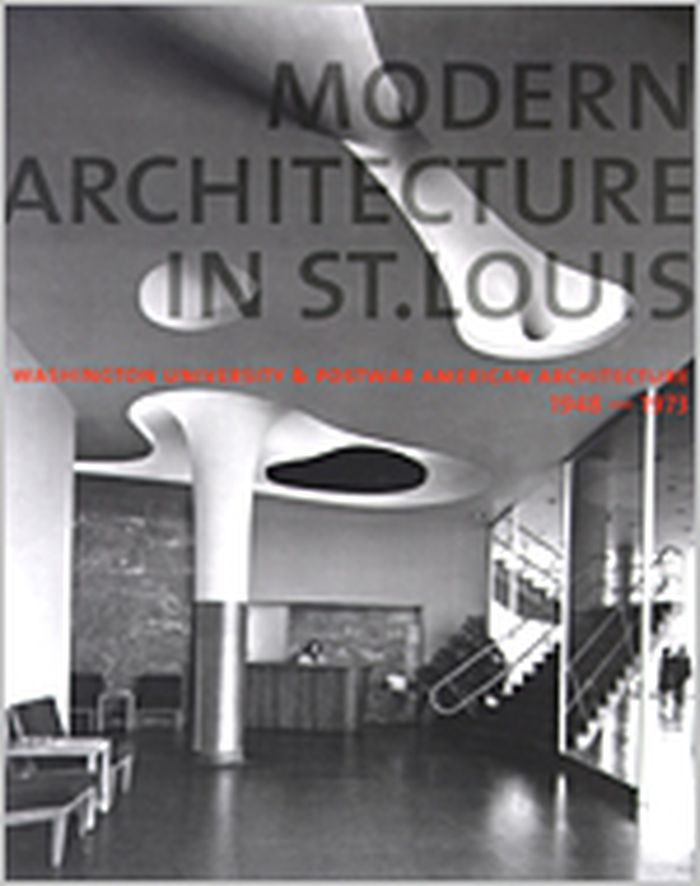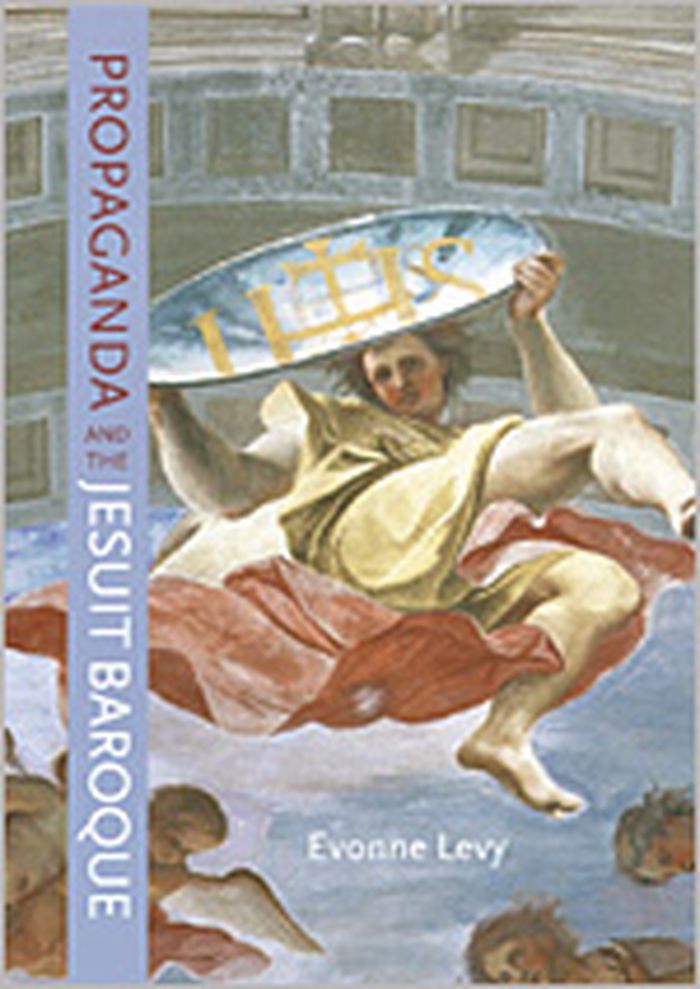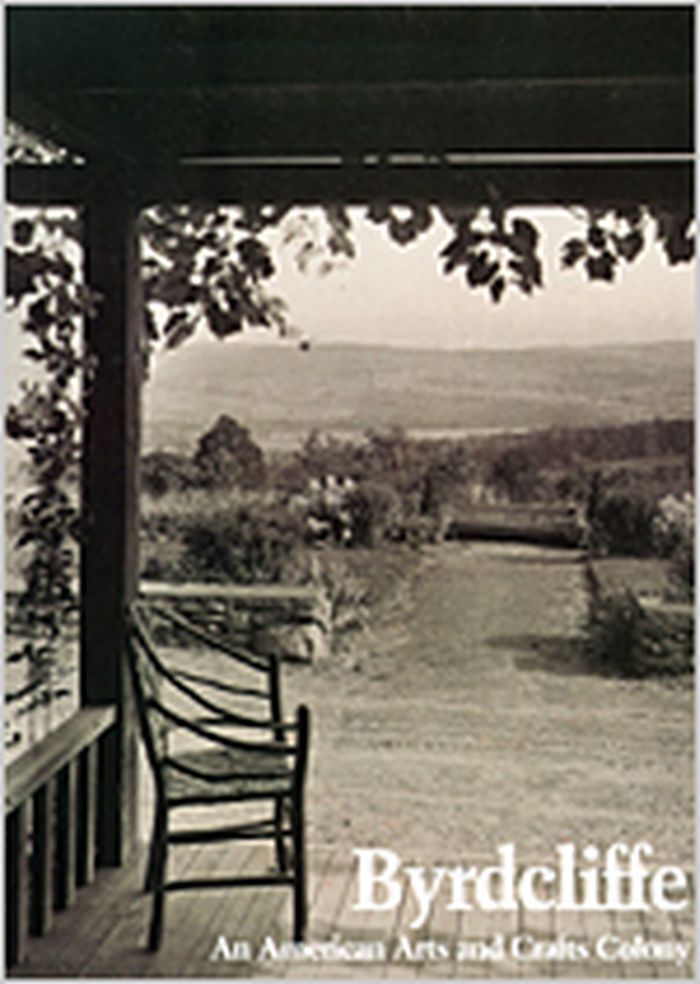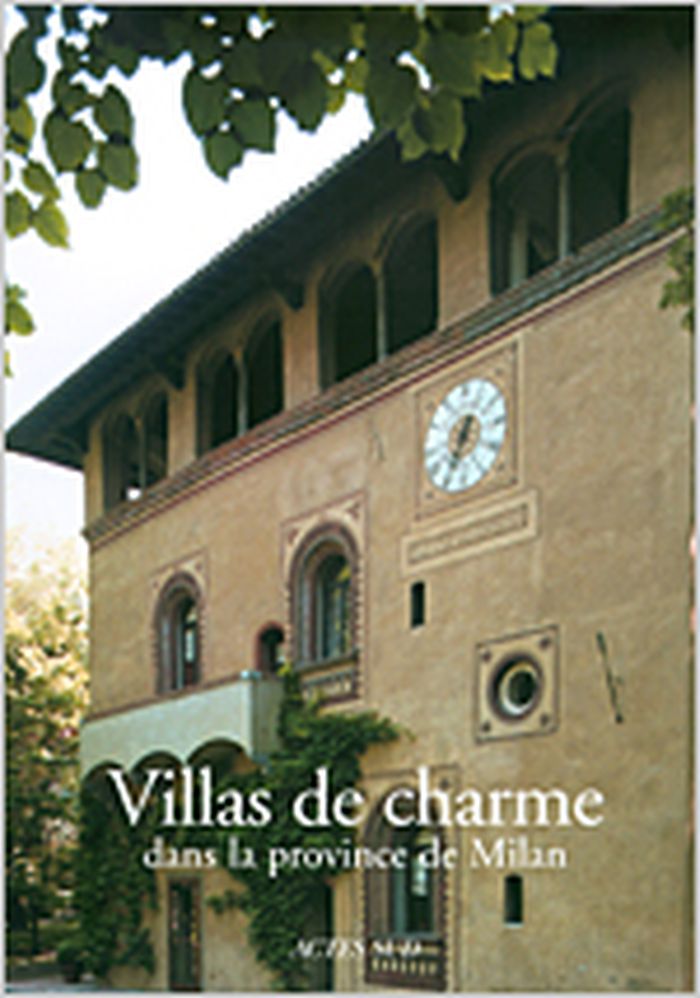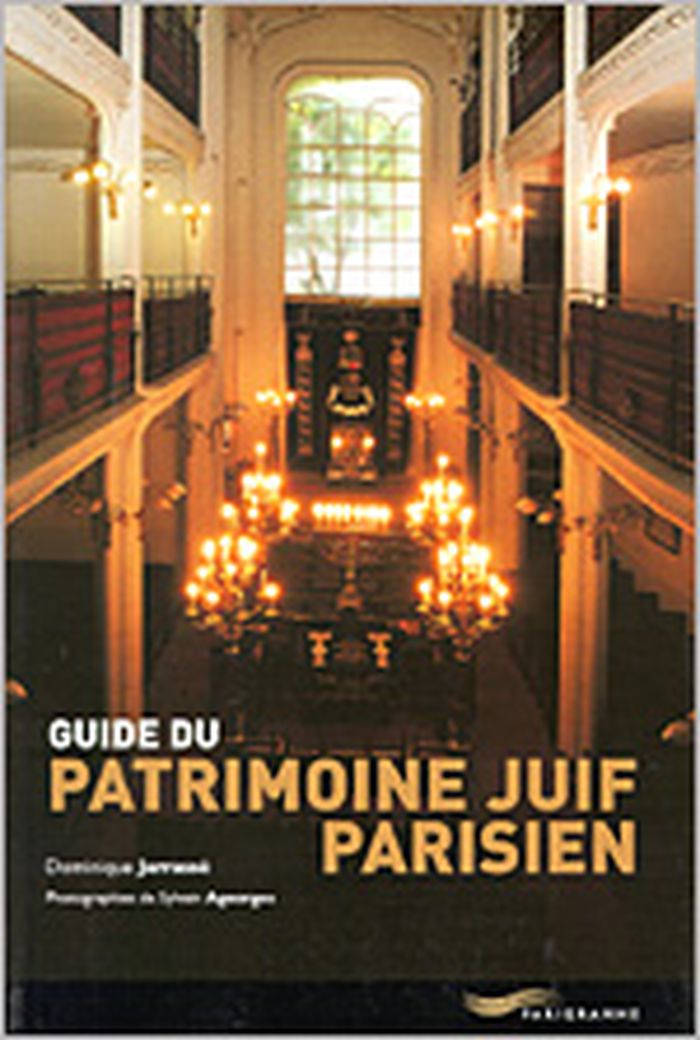Histoires d'architecture
$57.95
(available to order)
Summary:
Du Panthéon de Rome aux villas de Louis I. Kahn, vingt-deux monographies de bâtiments, regroupés par familles - églises, villas, musées, bibliothèques, grands magasins et usines -, où chacun deux se livre à partir du programme singulier et de la conjoncture qui lui donnèrent naissance en sorte que ce ne soit pas l'époque qui explique le bâtiment, mais plutôt le bâtiment(...)
Histoires d'architecture
Actions:
Price:
$57.95
(available to order)
Summary:
Du Panthéon de Rome aux villas de Louis I. Kahn, vingt-deux monographies de bâtiments, regroupés par familles - églises, villas, musées, bibliothèques, grands magasins et usines -, où chacun deux se livre à partir du programme singulier et de la conjoncture qui lui donnèrent naissance en sorte que ce ne soit pas l'époque qui explique le bâtiment, mais plutôt le bâtiment qui dévoile son époque. Toutes les études sont illustrées par un abondant corpus de dessins analytiques originaux et par des photographies.
History until 1900
Modern architecture in St. Louis : Washington University and postwar american architecture 1948-1973
$55.95
(available to order)
Summary:
The Gateway Arch casts its shadow across the Mississippi River and the city skyline of St. Louis, yet the history of architecture in that city stretches far beyond the towering "gateway to the West." Modern Architecture in St. Louis offers the first in-depth survey of the exciting evolution of modern architecture in the heart of the Midwest, an evolution that began during(...)
Modern architecture in St. Louis : Washington University and postwar american architecture 1948-1973
Actions:
Price:
$55.95
(available to order)
Summary:
The Gateway Arch casts its shadow across the Mississippi River and the city skyline of St. Louis, yet the history of architecture in that city stretches far beyond the towering "gateway to the West." Modern Architecture in St. Louis offers the first in-depth survey of the exciting evolution of modern architecture in the heart of the Midwest, an evolution that began during the flowering of mid-century American modernism. Established architectural scholars here explore the nationally and internationally significant aspects of modern architecture in St. Louis during the postwar period, with essays on subjects ranging from the creation of the Arch to the role played by the Washington University School of Architecture. Archival photographs and drawings augment the scholars' historical analyses, and statements by alumni and faculty of the School of Architecture, including Gyo Obata and Fumihiko Maki, are also featured. Modern Architecture in St. Louis is a valuable work of architectural history that unearths the critical contribution of St. Louis to American design and modernism. Eric Mumford is associate professor at the Washington University School of Architecture and author of The CIAM Discourse on Urbanism, 1928-1960.
History until 1900
$82.50
(available to order)
Summary:
In this provocative revisionist work, Evonne Levy brings fresh theoretical perspectives to the study of the "propagandistic" art and architecture of the Jesuit order as exemplified by its late Baroque Roman church interiors. The first extensive analysis of the aims, mechanisms, and effects of Jesuit art and architecture, this original and sophisticated study also(...)
Propaganda and the Jesuit Baroque
Actions:
Price:
$82.50
(available to order)
Summary:
In this provocative revisionist work, Evonne Levy brings fresh theoretical perspectives to the study of the "propagandistic" art and architecture of the Jesuit order as exemplified by its late Baroque Roman church interiors. The first extensive analysis of the aims, mechanisms, and effects of Jesuit art and architecture, this original and sophisticated study also evaluates how the term "propaganda" functions in art history, distinguishes it from rhetoric, and proposes a precise use of the term for the visual arts for the first time. Levy begins by looking at Nazi architecture as a gateway to the emotional and ethical issues raised by the term "propaganda." Jesuit art once stirred similar passions, as she shows in a discussion of the controversial nineteenth-century rubric the "Jesuit Style." She then considers three central aspects of Jesuit art as essential components of propaganda: authorship, message, and diffusion. Levy tests her theoretical formulations against a broad range of documents and works of art, including the Chapel of St. Ignatius and other major works in Rome by Andrea Pozzo as well as chapels in Central Europe and Poland. Innovative in bringing a broad range of social and critical theory to bear on Baroque art and architecture in Europe and beyond, Levy's work highlights the subject-forming capacity of early modern Catholic art and architecture while establishing "propaganda" as a productive term for art history.
History until 1900
$41.95
(available to order)
Summary:
Byrdcliffe was, and remains, a place of haunting beauty. One hundred years ago,it was established as an Arts and Crafts colony in the heart of the Catskill Mountains. Craftsmen, writers, and musicians came, lured by the atmosphere of creativity amid like-minded people. Furniture, pottery, paintings, metalwork, and textiles were all made there and the people themselves(...)
History until 1900
April 2004, Ithaca
Byrdcliffe : an American Arts and Crafts colony
Actions:
Price:
$41.95
(available to order)
Summary:
Byrdcliffe was, and remains, a place of haunting beauty. One hundred years ago,it was established as an Arts and Crafts colony in the heart of the Catskill Mountains. Craftsmen, writers, and musicians came, lured by the atmosphere of creativity amid like-minded people. Furniture, pottery, paintings, metalwork, and textiles were all made there and the people themselves became an interwoven part of the fabric of the place. This is the story of the first years of the colony, the artists who visited, and the artistic community they fostered in Woodstock, New York.
History until 1900
$108.00
(available to order)
Summary:
Entre le XVIe et le XVIIIe siècle, la région de Milan connaît une intense période d’art et d’architecture qui se manifeste à travers des villas : on voit éclore en effet un nombre important de résidences réalisées par une aristocratie éclairée. Aboutissement des activités productives du territoire, les villas étaient une synthèse d’exigences économiques, expressives et(...)
Villas de charme dans la province de Milan
Actions:
Price:
$108.00
(available to order)
Summary:
Entre le XVIe et le XVIIIe siècle, la région de Milan connaît une intense période d’art et d’architecture qui se manifeste à travers des villas : on voit éclore en effet un nombre important de résidences réalisées par une aristocratie éclairée. Aboutissement des activités productives du territoire, les villas étaient une synthèse d’exigences économiques, expressives et symboliques, mais définissaient également un style de vie et une vision du monde : une philosophie du “vivre sain” en contact avec la nature, au milieu des études et des plaisirs tournés vers un otium foisonnant. Les “ville di delizia” (nous devons cette appellation du XVIIIe siècle à Marc’Antonio Dal Re et à Pietro Verri) représentent un phénomène marquant de l’histoire de l’architecture et de la décoration et, plus généralement, de l’histoire de la culture et du goût : le patriciat de la grande ville lombarde (sans seigneur et sans cour) a souhaité projeter ses propres attentes et se célébrer lui-même dans ces villas.
History until 1900
books
Scottish architecture
$26.00
(available to order)
Summary:
An illustrated survey of the complete history of Scottish archtecture, from the circular houses of Skara Brae to the new Parliament at Edinburgh.
History until 1900
June 2004, London
Scottish architecture
Actions:
Price:
$26.00
(available to order)
Summary:
An illustrated survey of the complete history of Scottish archtecture, from the circular houses of Skara Brae to the new Parliament at Edinburgh.
books
June 2004, London
History until 1900
$105.00
(available to order)
Summary:
Three thousand years ago the Greeks built monuments that have come to epitomize Western culture, such as the Parthenon and the Temple of Athena. In this book, a renowned architectural historian re-examines buildings and sites of Greek classical antiquity, not as expressions of pedantic, archaic rules, but as truly innovative paradigms - and shows how they gave rise to(...)
Classical Greek architecture : the construction of the modern
Actions:
Price:
$105.00
(available to order)
Summary:
Three thousand years ago the Greeks built monuments that have come to epitomize Western culture, such as the Parthenon and the Temple of Athena. In this book, a renowned architectural historian re-examines buildings and sites of Greek classical antiquity, not as expressions of pedantic, archaic rules, but as truly innovative paradigms - and shows how they gave rise to modern architecture. Classical Greek Architecture features fascinating archival photographs, site maps, and architectural plans. It discusses not only the technology but also the myths, rituals, social structures, and political conflicts that left their mark in the ultimate design of a given building. With chapters covering a range of topics from the status of Greek architecture today and the uses of the various types of buildings to the influences of African and Asian cultures on the Greeks, this is a thorough, scholarly, yet accessible work of reference.
History until 1900
books
$78.00
(available to order)
Summary:
London’s modest eighteenth-century houses - those inhabited by artisans and laborers in the unseen parts of Georgian London - can tell us much about the culture of that period. This fascinating book examines largely forgotten small houses that survive from the eighteenth century and sheds new light on both the era’s urban architecture and the lives of a culturally(...)
The small house in eighteenth-century London
Actions:
Price:
$78.00
(available to order)
Summary:
London’s modest eighteenth-century houses - those inhabited by artisans and laborers in the unseen parts of Georgian London - can tell us much about the culture of that period. This fascinating book examines largely forgotten small houses that survive from the eighteenth century and sheds new light on both the era’s urban architecture and the lives of a culturally distinctive metropolitan population. Peter Guillery discusses how and where, by and for whom the houses were built, stressing vernacular continuity and local variability. He investigates the effects of creeping industrialization (both on house building and on the occupants), and considers the nature of speculative suburban growth. Providing rich and evocative illustrations, he compares these houses to urban domestic architecture elsewhere, as in North America, and suggests that the eighteenth-century vernacular metropolis has enduring influence.
books
July 2004, New Haven / London
History until 1900
$119.00
(available to order)
Summary:
This book examines one of the key notions of modernist architecture as it was formulated in Vienna around 1900. Providing a close analysis of four major buildings - Olbrich's Secession Building, Hoffmann's Purkersdorf Sanatorium, Wagner's Postal Savings Bank, and Loos's Michaelerplatz building - Leslie Topp investigates how "truth" had a variety of meanings, including(...)
Architecture and truth in fin-de-siècle Vienna
Actions:
Price:
$119.00
(available to order)
Summary:
This book examines one of the key notions of modernist architecture as it was formulated in Vienna around 1900. Providing a close analysis of four major buildings - Olbrich's Secession Building, Hoffmann's Purkersdorf Sanatorium, Wagner's Postal Savings Bank, and Loos's Michaelerplatz building - Leslie Topp investigates how "truth" had a variety of meanings, including truth to purpose, symbolist or ideal truth, and ethical notions of authenticity. Drawing on newly uncovered archival material, Topp offers a new interpretation of familiar buildings that are shown to encompass utopianis, hyper-rationality and subjectivism. She also explores the connections between Viennese modern architecture and contemporary painting, psychiatry, fashion, labor issues, and anti-Semitic politics.
History until 1900
$40.95
(available to order)
Summary:
La présence juive à Paris est très ancienne (on en trouve des attestations dès le Moyen Âge) mais intermittente, car les communautés ont connu des expulsions et des persécutions. C’est au XIXe siècle que les grandes synagogues parisiennes sont construites, qu’un patrimoine monumental se constitue. Mais les pierres ne sauraient, à elles seules, résumer la culture juive(...)
Guide du patrimoine juif Parisien
Actions:
Price:
$40.95
(available to order)
Summary:
La présence juive à Paris est très ancienne (on en trouve des attestations dès le Moyen Âge) mais intermittente, car les communautés ont connu des expulsions et des persécutions. C’est au XIXe siècle que les grandes synagogues parisiennes sont construites, qu’un patrimoine monumental se constitue. Mais les pierres ne sauraient, à elles seules, résumer la culture juive parisienne qui s’est tout autant forgée dans l’émancipation gagnée pendant la Révolution, dans les affrontements de l’affaire Dreyfus, dans l’épanouissement de la yiddichkeit de l’entre-deux-guerres, ou dans la tragédie de la Choa. Elle s’incarne également dans l’œuvre des mécènes et des philanthropes qui financèrent des fondations, des dispensaires, des logements à bon marché et firent de considérables donations aux grands musées parisiens. Elle s’illustre encore avec des écrivains majeurs, de Henri Heine à Walter Benjamin ou plane entre Montparnasse et Montmartre, en compagnie de Chagall, Soutine, Kisling, Modigliani… Ce guide présente ainsi le patrimoine, mais aussi les lieux de mémoire du judaïsme parisien.
History until 1900

